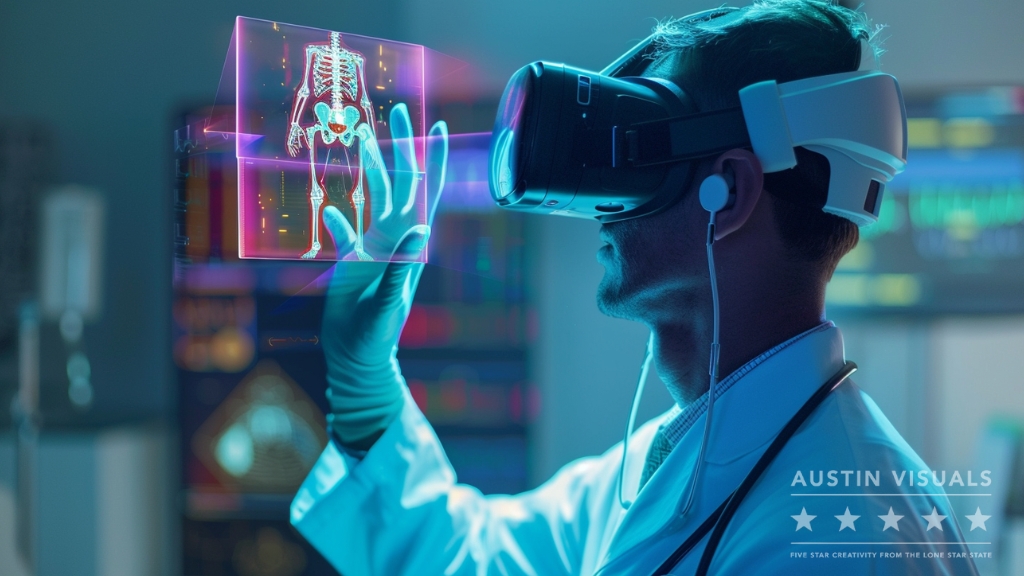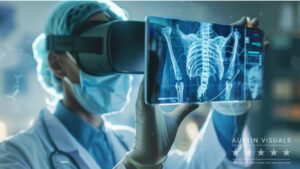
Introduction
Virtual Reality (VR) technology is changing the landscape of medical training. By creating immersive and interactive environments, VR allows medical professionals to practice and refine their skills in a controlled, risk-free setting. This technology provides a realistic experience that traditional training methods often lack.
VR surgery simulators are crucial for modern medical training. They offer hospitals and medical companies an innovative way to train doctors and surgeons. These simulators help in practicing complex surgical procedures without the need for real patients, reducing the risk of errors during actual surgeries. For doctors, VR provides a hands-on learning experience that enhances their skills and confidence. Overall, VR surgery simulators play a vital role in improving the quality and safety of medical care.
To learn more about how VR surgery simulators can transform your medical training programs, email us at [email protected] or call us at 512-591-8024. Let us help you revolutionize your training methods with cutting-edge VR technology.
Our clients include:
Benefits of VR Surgery Simulators
Safety and Risk Management
VR surgery simulators provide a safe environment for medical professionals to learn and practice. Trainees can perform procedures multiple times without any risk to real patients, allowing them to build confidence and competence in a controlled setting.
By practicing in a virtual environment, doctors and surgeons can reduce the likelihood of errors during actual surgeries. The ability to repeatedly practice procedures helps in refining techniques and improving accuracy, leading to better patient outcomes.
Cost-Effectiveness
VR training is often more cost-effective than traditional methods. It eliminates the need for expensive physical models and materials, reducing overall training expenses. This makes high-quality training accessible to more institutions and professionals.
With VR simulators, there is less reliance on physical resources like cadavers or costly medical equipment. This not only lowers costs but also allows for more sustainable training practices. Virtual simulations can be reused and updated easily, ensuring that training remains current and relevant.
Scalability
VR technology allows for the simultaneous training of large groups of medical professionals. Multiple trainees can engage in the same virtual scenario at once, making it an efficient way to train entire teams or departments without the need for extensive physical setups.
One of the key advantages of VR training is its remote accessibility. Medical professionals can access training modules from anywhere in the world, ensuring that geographical barriers do not limit learning opportunities. This scalability is crucial for institutions looking to provide consistent, high-quality training across multiple locations.







